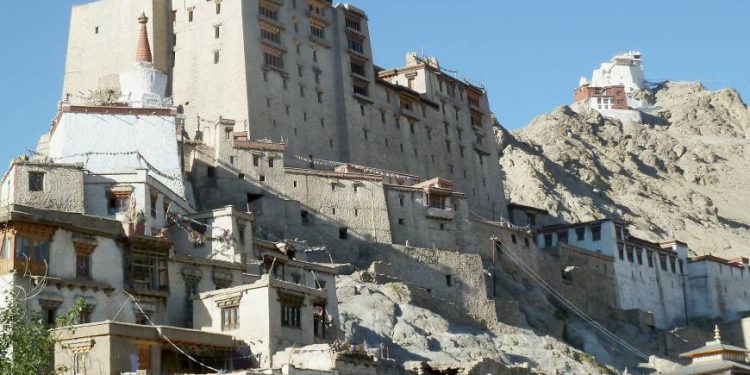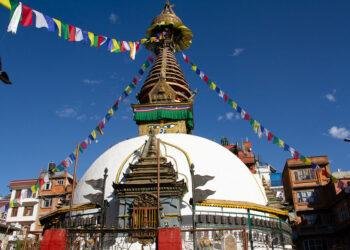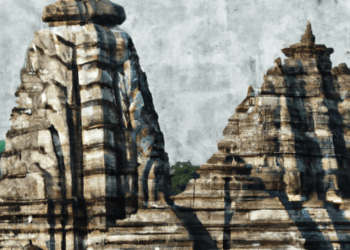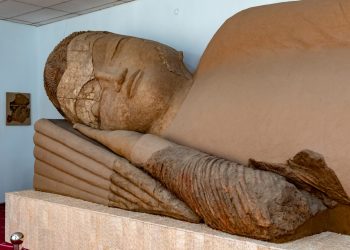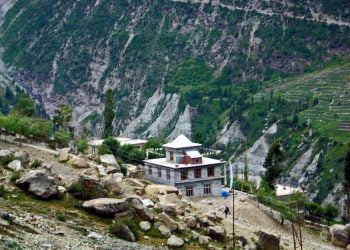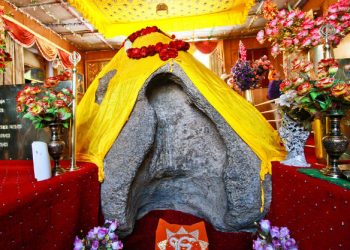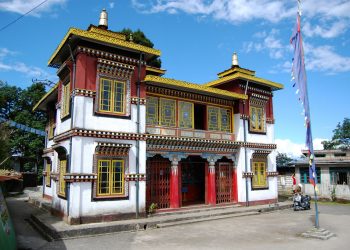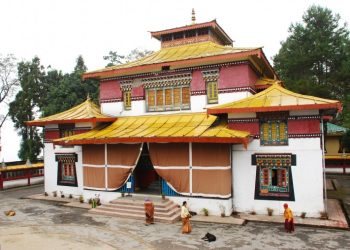Shrine’s History
The Red Maitreya Temple was built by the commands of king Tragspa Bumde sometime during his reign between the years 1400 and 1440. The shrine was damaged during the Dogra invasion, sometime in the 1840s, but was soon restored. Later in the 1950s, the northern walls were damaged due to water and soon the Ladakh Buddhist association rebuilt those walls but were reduced in size significantly. During this period, the wall-paintings that date back to the 15th century were white-washed for an unspecified reason. It was only in 2005 that those wall-paintings were rediscovered and a thorough effort to restore the paintings was initiated. By 2007, the wall-painting restoration efforts paid off and these wall-paintings are now on display for the public to view.

Legends Associated with This Shrine
The statue of Maitreya sports a shiny phallus which is believed to fix the infertility in ladies.

Architectural Relevance of This Shrine
due to the reconstruction of the main hall in the 1950s, only the original north and west walls are what formed the outer corridor around a new and smaller Maitreya hall . This new Maitreya hall is believed to be built around the original 15th century three-storey clay Maitreya image. some wall-paintings were painted over with white-wash at the time while some have been painstakingly restored. The temple also boasts of a distinct red tower.

Shrine’s Map Location and How to Go There
By Road
In the event that you are choosing Srinagar, you will go through Zoji La Pass to reach Ladakh and you will scale Rohtang Pass to reach Ladakh from Manali.
BY RAIL
The closest railroad station to Ladakh is in Tawi, which is 700 km far from Ladakh.
BY AIR
The closest air terminal is Kushok Bakula Rimpochee Airport situated in Leh






































